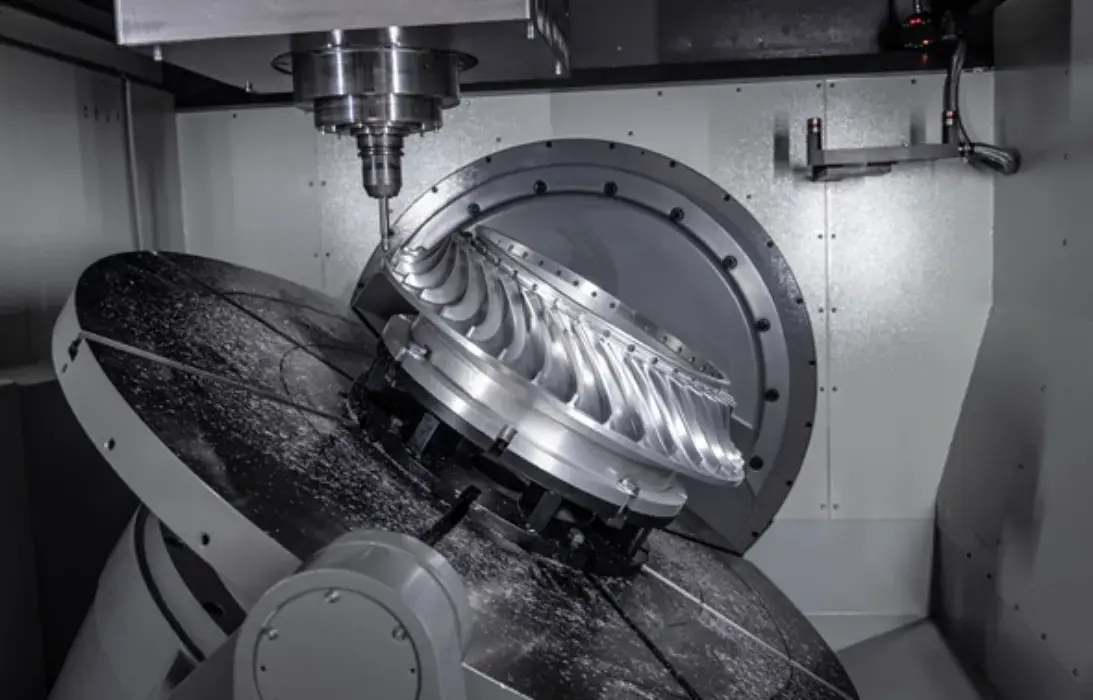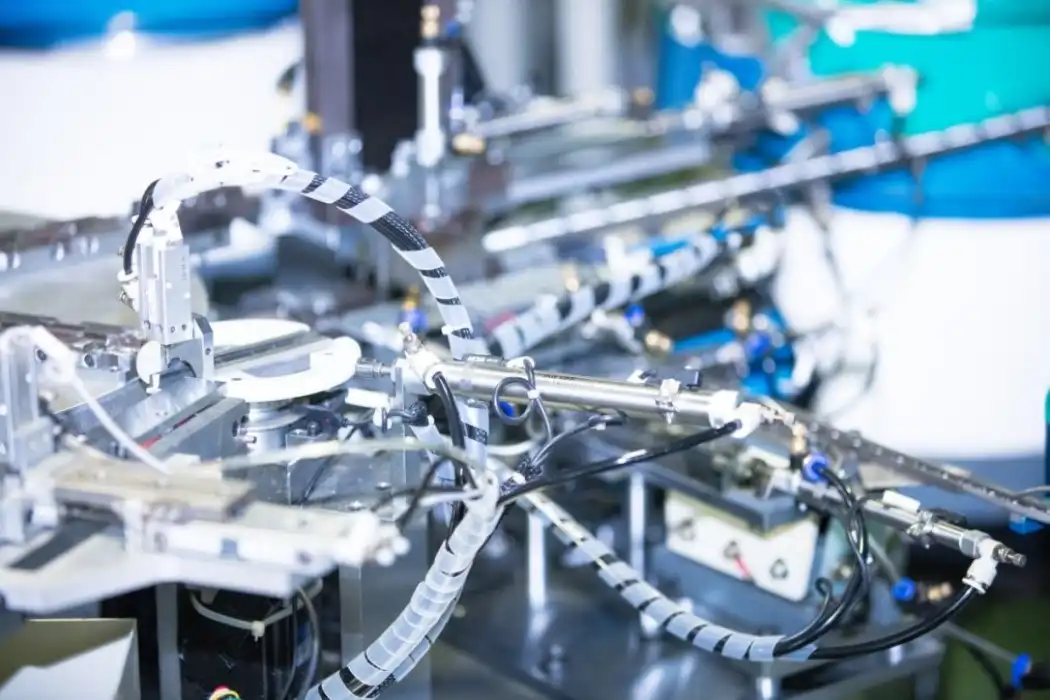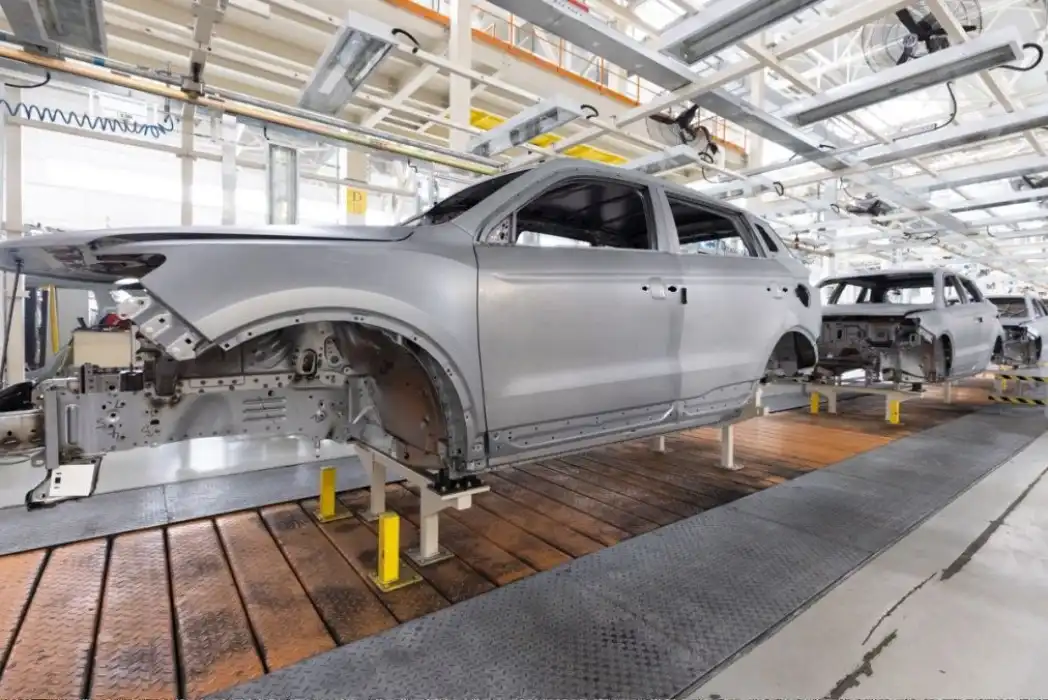The Importance of Rapid Prototyping in EV Component Development
Accelerating Time-to-Market
Rapid prototyping plays a pivotal role in accelerating the time-to-market for EV components. By quickly producing physical models, engineers can identify and resolve design issues early in the development process. This approach significantly reduces the time spent on iterative design cycles, allowing manufacturers to bring their products to market faster. The ability to swiftly create and test prototypes gives companies a competitive edge in the rapidly evolving EV industry.
Cost-Effective Design Validation
One of the key advantages of EV component prototyping is its cost-effectiveness in design validation. Rather than investing in expensive tooling for full production runs, manufacturers can use rapid prototyping techniques to create functional models at a fraction of the cost. This allows for extensive testing and refinement without the financial risks associated with large-scale production. By identifying and addressing potential issues early, companies can avoid costly redesigns and production delays down the line.

Enhancing Product Quality and Performance
Prototyping is instrumental in enhancing the quality and performance of EV components. Through hands-on testing of physical prototypes, engineers can gain valuable insights into how components perform under real-world conditions. This process enables the fine-tuning of designs for optimal functionality, durability, and efficiency. By iterating rapidly and testing thoroughly, manufacturers can ensure that their final products meet the stringent quality and performance standards required in the electric vehicle industry.
Key Technologies in EV Component Prototyping
Advanced 3D Printing Techniques
3D printing has revolutionized the prototyping process for EV components. Technologies like Stereolithography (SLA), Selective Laser Sintering (SLS), and Fused Deposition Modeling (FDM) offer unparalleled flexibility in creating complex geometries and intricate designs. These additive manufacturing methods allow for the rapid production of prototypes using a wide range of materials, including high-performance plastics and resins. The ability to quickly iterate designs and produce functional prototypes makes 3D printing an indispensable tool in EV component development.
Precision CNC Machining
CNC machining remains a cornerstone of EV component prototyping, especially for parts requiring high precision and excellent surface finishes. This subtractive manufacturing process excels in creating prototypes from metals like aluminum, steel, and titanium, which are crucial for many EV components. CNC machining offers tight tolerances and the ability to produce complex shapes, making it ideal for creating functional prototypes of critical components such as motor housings, battery enclosures, and structural elements.
Vacuum Casting for Low-Volume Production
Vacuum casting is a versatile technique that bridges the gap between prototyping and low-volume production. This process involves creating a silicone mold from a master pattern, often 3D printed, and then casting parts using a variety of resins or urethanes. Vacuum casting is particularly useful for producing small batches of production-quality parts, allowing manufacturers to test components in real-world applications or conduct market trials before committing to full-scale production tooling.

Material Considerations in EV Component Prototyping
High-Performance Plastics
The use of high-performance plastics in EV component prototyping has become increasingly prevalent. Materials such as ABS, polycarbonate, and nylon offer excellent strength-to-weight ratios, thermal resistance, and electrical insulation properties. These characteristics make them ideal for prototyping various EV components, including interior parts, battery casings, and electrical connectors. Advanced 3D printing technologies have made it possible to create complex geometries and functional prototypes using these materials, enabling rapid iteration and testing.
Lightweight Metals
Lightweight metals play a crucial role in EV component prototyping, particularly for structural and powertrain components. Aluminum, titanium, and high-strength steels are commonly used due to their excellent strength-to-weight ratios and thermal properties. These materials are essential for prototyping components like motor housings, battery enclosures, and chassis parts. CNC machining is often the preferred method for creating prototypes from these metals, offering the precision and surface finish required for functional testing.
Specialized Elastomers and Resins
Elastomers and custom resins have found significant applications in EV component prototyping, especially for parts requiring specific mechanical or electrical properties. These materials are used to create prototypes of seals, gaskets, vibration dampers, and electrical insulation components. Vacuum casting and specialized 3D printing techniques allow for the production of prototypes using these materials, enabling manufacturers to test and refine the performance of these critical components under realistic conditions.
Conclusion
Understanding the process of EV component prototyping is crucial for success in the rapidly evolving electric vehicle industry. By leveraging advanced technologies like 3D printing, CNC machining, and vacuum casting, manufacturers can accelerate development cycles, reduce costs, and improve product quality. The careful selection of materials, from high-performance plastics to lightweight metals and specialized elastomers, plays a vital role in creating functional prototypes that accurately represent final products. As the EV market continues to grow, mastering the art of rapid prototyping will be essential for companies aiming to stay competitive and innovative in this dynamic field.

FAQs
What are the main benefits of EV component prototyping?
EV component prototyping offers several key benefits, including faster time-to-market, cost-effective design validation, and enhanced product quality and performance. It allows manufacturers to identify and resolve issues early in the development process, reducing the risk of costly redesigns later on.
Which materials are commonly used in EV component prototyping?
Common materials include high-performance plastics (ABS, PC, Nylon), lightweight metals (Aluminum, Steel, Titanium), and specialized elastomers and resins. The choice of material depends on the specific requirements of the component being prototyped.
How does rapid prototyping contribute to innovation in the EV industry?
Rapid prototyping enables quick iteration and testing of new designs, allowing manufacturers to explore innovative concepts and push the boundaries of EV technology. It facilitates the development of more efficient, lightweight, and high-performance components that are crucial for advancing electric vehicle capabilities.
Expert EV Component Prototyping Services | BOEN
At BOEN Prototype, we specialize in delivering high-quality EV component prototyping services to support your product development needs. Our state-of-the-art facilities and expert team utilize cutting-edge technologies like CNC machining, 3D printing, and vacuum casting to create precise, functional prototypes. With our extensive experience in automotive and electronics industries, we provide tailored solutions for your most complex EV component challenges. Contact us at contact@boenrapid.com to learn how we can accelerate your EV innovation journey.
References
Johnson, E. (2022). Advances in Electric Vehicle Component Prototyping. Journal of Automotive Engineering, 45(3), 178-192.
Smith, A., & Brown, R. (2021). Rapid Prototyping Technologies in EV Manufacturing. International Journal of Electric Mobility, 16(2), 89-104.
Lee, S. (2023). Material Innovations for EV Component Prototyping. Advanced Materials for Automotive Applications, 7(1), 45-60.
Garcia, M., & Wilson, T. (2022). Cost-Effective Strategies in EV Prototype Development. Electric Vehicle Technology Review, 33(4), 312-328.
Patel, K. (2023). The Role of 3D Printing in EV Component Design and Testing. Additive Manufacturing for Automotive Industry, 12(2), 156-170.
Zhang, L., & Davis, R. (2021). Optimizing EV Powertrain Components Through Rapid Prototyping. Journal of Electric Transportation Systems, 28(3), 201-215.





